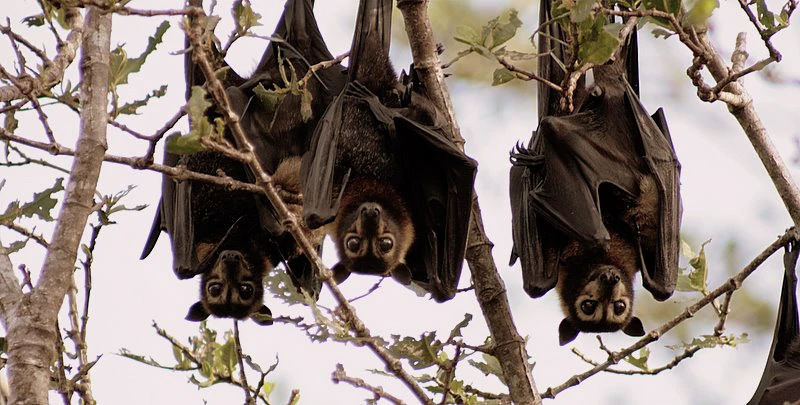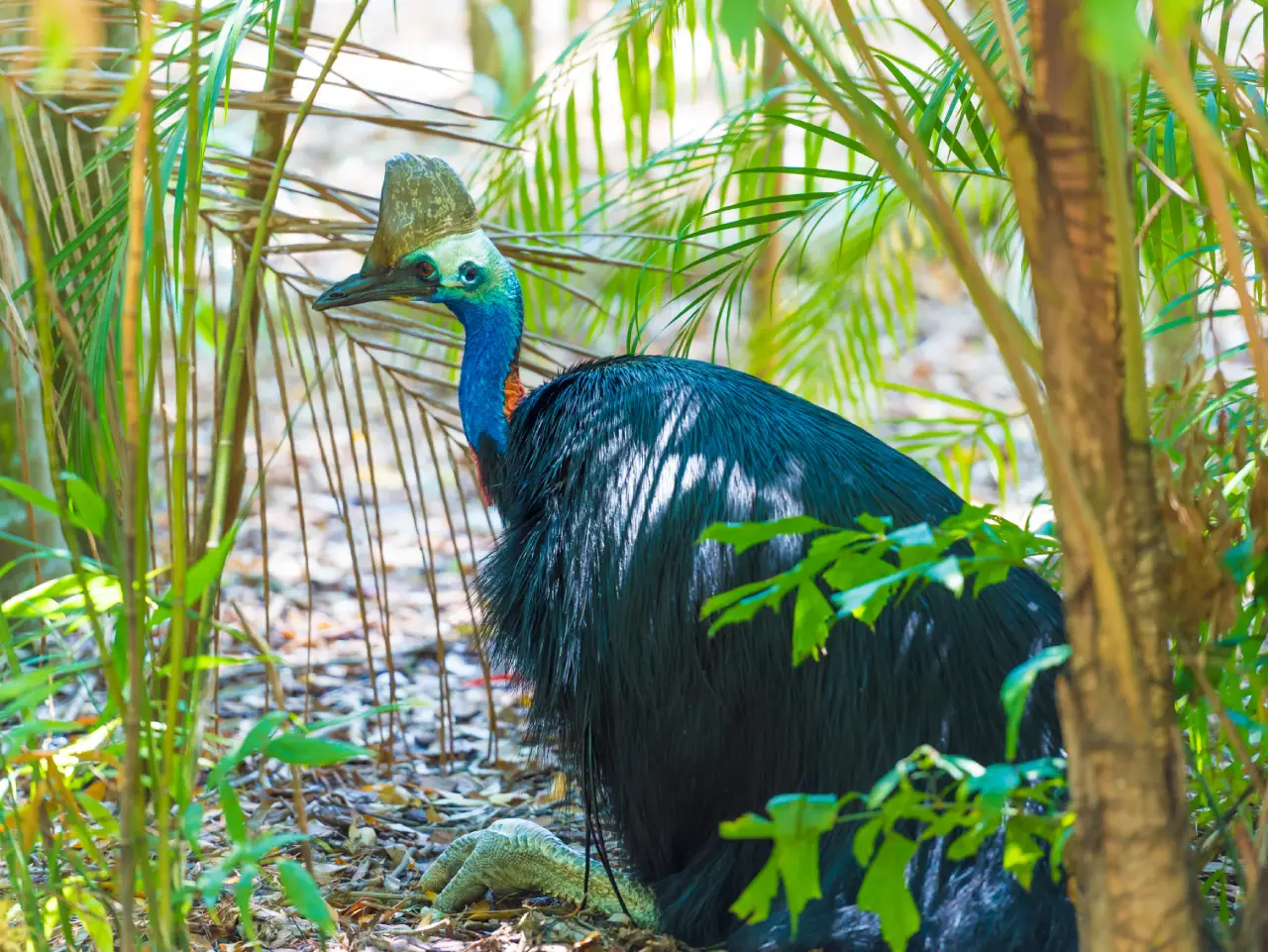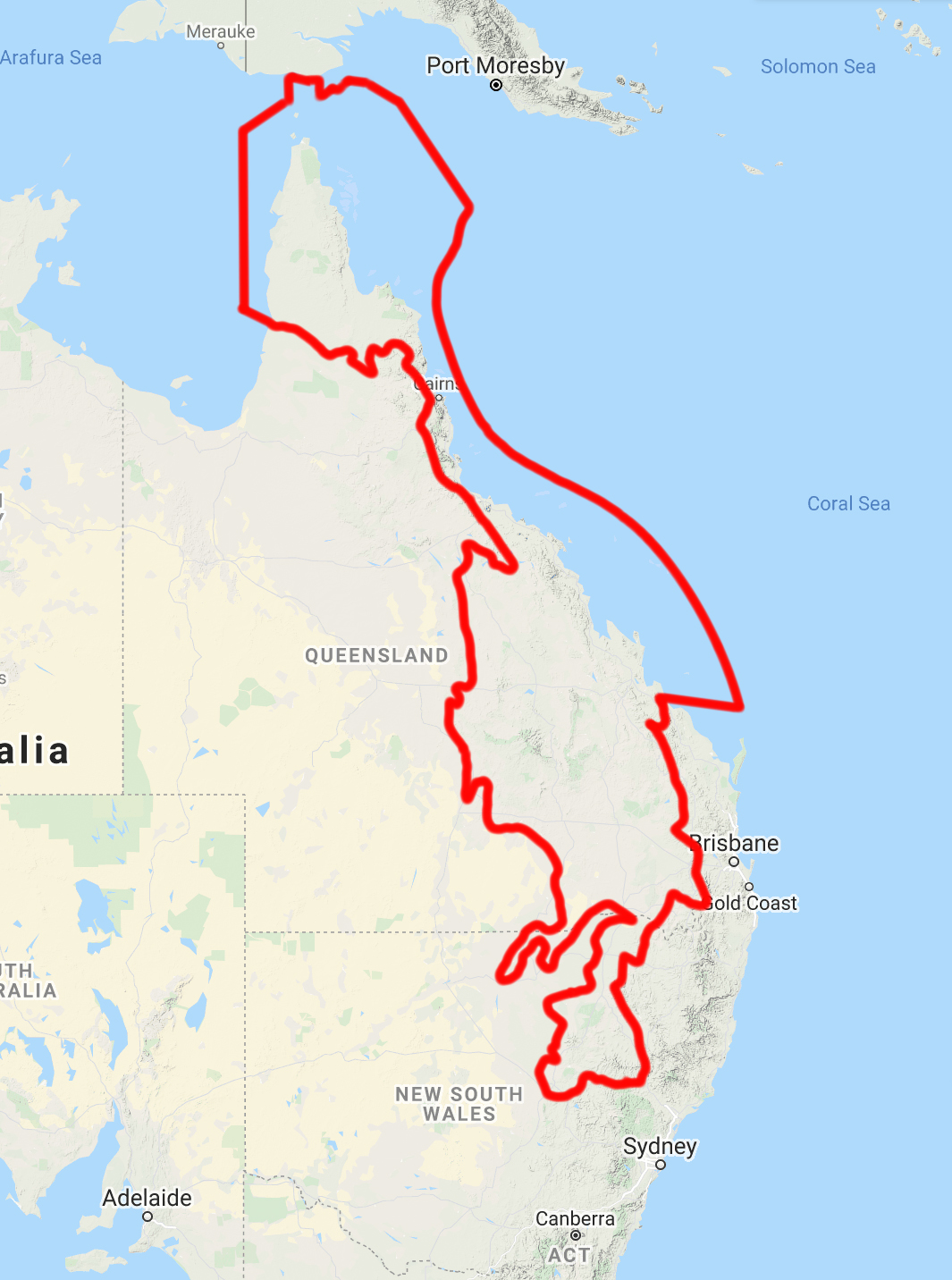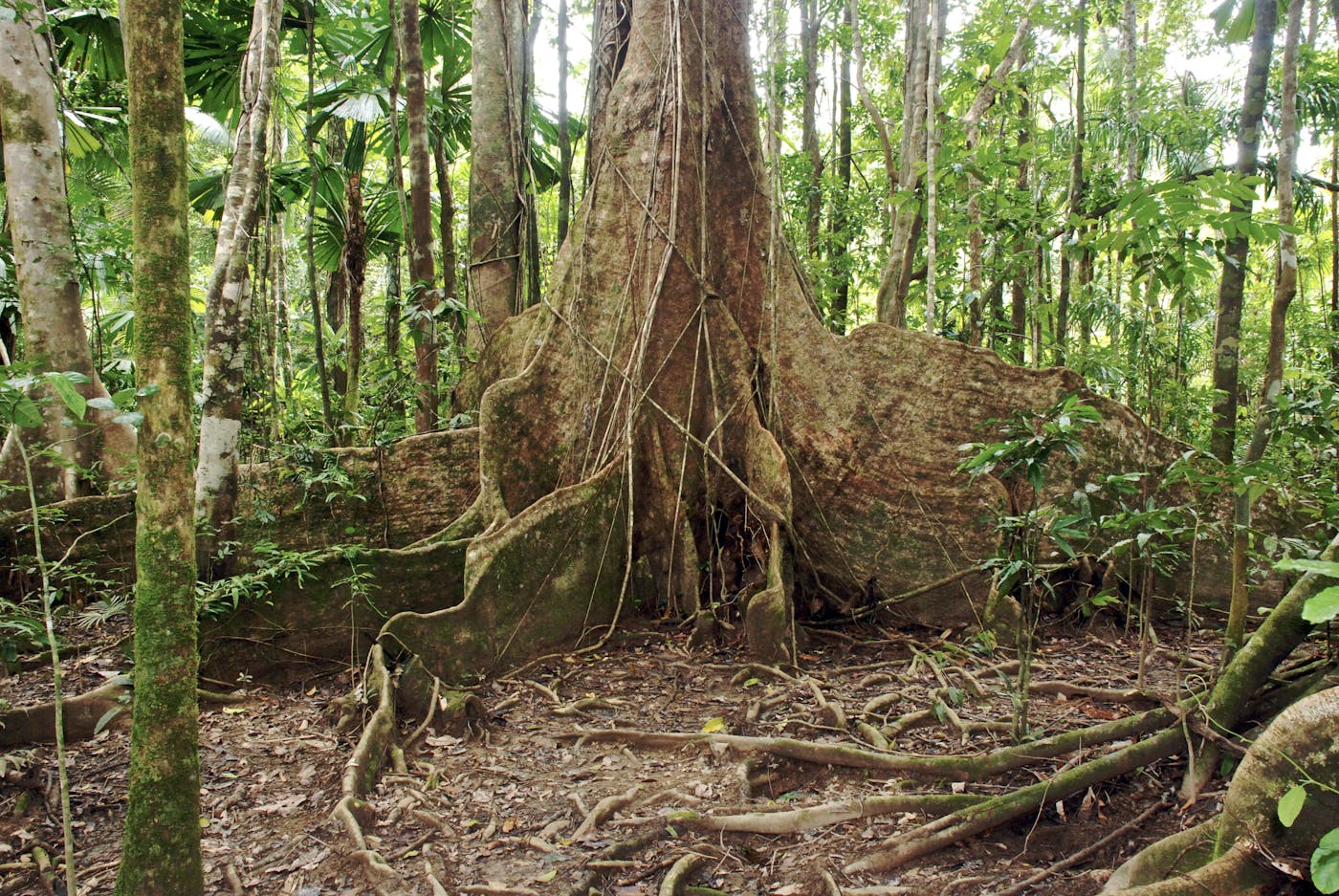Protecting the Biodiverse Daintree Rainforests Flora and Fauna for Future Generations
- Nature Conservation
- Land Conservation
- Forests
- Biodiversity
- Indigenous Tenure
- Wildlife
- Australia
- Australasia Realm
| Bioregion | Queensland Tropical Rainforests & Savannas (AU9) |
| Category | Nature Conservation Our project categories represent one of three core solutions pathways to solving climate change. Energy Transition focuses on renewable energy access and energy efficiency. Nature Conservation includes wildlife habitat protection and ecosystem restoration, as well as Indigenous land rights. Regenerative Agriculture supports farmers, ranchers, and community agriculture. |
| Realm | Australasia The Project Marketplace is organized by the major terrestrial realms divided into 14 biogeographical regions – N. America, Subarctic America, C. America, S. America, Afrotropics, Indomalaya, Australasia, Oceania, Antarctica, and the Palearctic realm, which coincides with Eurasia and is divided into Subarctic, Western, Central, Eastern, and Southern regions. |
| Partner | Rainforest Rescue |
One Earth’s Project Marketplace funds on-the-ground climate solutions that are key to solving the climate crisis through three pillars of collective action — renewable energy, nature conservation, and regenerative agriculture.
The Daintree Rainforest in Australia has been around for 180 million years, harboring flora that is found nowhere else on Earth. In the 1980s, the Queensland government approved a 1,100-lot rural residential subdivision. This resulted in two-thirds of the Lowland Rainforest being excluded from protection in the Daintree World Heritage Area that was declared in 1988.
.webp)
Image credit: Courtesy of Emily Silverstone
Now, settlements of privately-owned Daintree allotments are escalating, increasing habitat loss and threats to biodiversity. Reductions in forest connectivity and increases in rainforest damage are serious threats to the region.
The Daintree rainforest has evolved into a vibrant biodiversity haven. From the southern cassowary and tree-kangaroo to rare and endangered primitive flowering plants like Idiospermum, the Daintree is an irreplaceable refuge with 186 species listed as either rare or threatened. It is a deeply significant land for the Indigenous peoples who live there.

Spectacled flying foxes. Image credit: Courtesy of Ian Sauce Worcester
The area is home to the Eastern Kuku Yalanji, represented by the Jabalbina Aboriginal Corporation. The Eastern Yalanji people have one of the oldest cultures in the world, and they have inhabited the Daintree for millennia. Recently, the Queensland Government handed back five national parks into their care as the official deed holders in a gesture towards reconciliation.
The Daintree and four parks in Far North Queensland will now be managed by Jabalbina and the Indigenous community.
The Rainforest Rescue project is in the process of securing funding for several Jabalbina rangers to be employed in the newly established native nursery. Having Jabalbina as leaders in horticultural operations will increase traditional knowledge practices and sharing. These employment and training opportunities give the local traditional owners their rightful place in leading and healing their lands.

Southern cassowary: 'living dinosaur' gardeners of the Daintree Rainforest
This project also restores the privately-owned Daintree allotments. With the rescue of 37 properties so far, over 500 hectares have been revived in this remarkable, rare habitat. An estimated 160 rainforest blocks are currently undeveloped “home sites,” and there are significant areas of land that have been converted into grazing pasture, all of which can be restored back into a thriving rainforest ecosystem. The goal is to rescue as many of these blocks as possible and convert them to nature refuges and wildlife corridors.

This project is located in the Queensland Tropical Rainforests & Savannas bioregion (AU9)
The protection of the Daintree and the buyback program is vitally important and supported enthusiastically by the Eastern Kuku Yalanji.
.webp)
Image credit: Courtesy of Emily Silverstone
Additionally, a protected, safe, and regenerated rainforest has countless benefits to the Daintree. Testing in the waterways shows the Great Barrier Reef is receiving less destructive silt because of Rainforest Rescue’s protection and regeneration work. It has also inspired local agriculturalists to move towards carbon-free farming. The rescue and preservation of the Daintree also benefit the local community with knowledge.
Rainforest Rescue actively shares insights with local conservation groups, nurseries, residents, schools, and the local council in regeneration practices and awareness of the rainforest and ecosystem.
